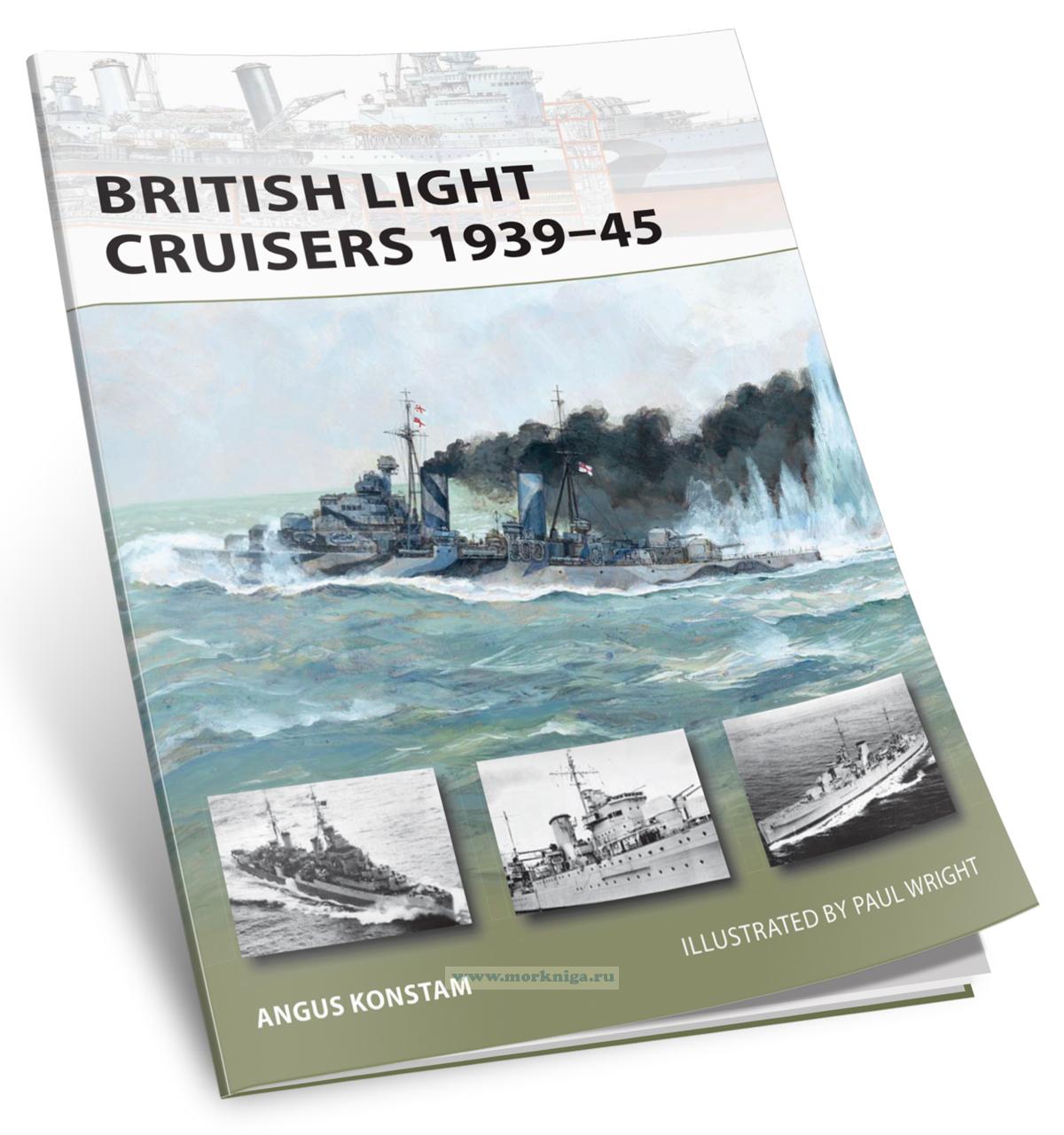Сб с 10 до 16
British Light Cruisers 1939-45/Британские легкие крейсера 1939-45
Издание на английском языке
The book is dedicated to the British light cruisers that served in the Royal Navy during the Second World War. It examines their development, design, armament and combat use. The author analyzes how economic and diplomatic constraints, such as the Washington Naval Treaty and the London Conference, influenced the strategy and construction of the fleet, in particular, the transition from heavy cruisers with 8-inch guns to cheaper and more compact light cruisers with 6-inch guns.
The book also highlights the importance of these ships in various theaters of war, including the Arctic, Atlantic, Mediterranean, Indian Ocean and Pacific Ocean. Special attention is paid to the severe trials faced by light cruisers in the Mediterranean and with the support of Arctic convoys, as well as their contribution to Allied victories.
The main purpose of the book is to give the reader an idea of the importance of light cruisers in the history of the British Navy, as well as to honor the memory of the sailors who served on these ships during the six years of the war.
Contents
Introduction
Design and development
The World War I Cruisers
The London Naval Treaty
Leander Class
Arethusa Class
Southampton Class
Edinburgh Class
Dido Class
Bellona Class
Fiji Class
Swiftsure Class
Operation
Weaponry
Sensors and Fire Control
Specifications
Caledon Class
Ceres and Carlisle Classes
D Class
E Class
Leander Class
Arethusa Class
Southampton Class
Edinburgh Class
Dido Class
Fiji Class
Bellona Class
Swiftsure Class
Further reading
Index

